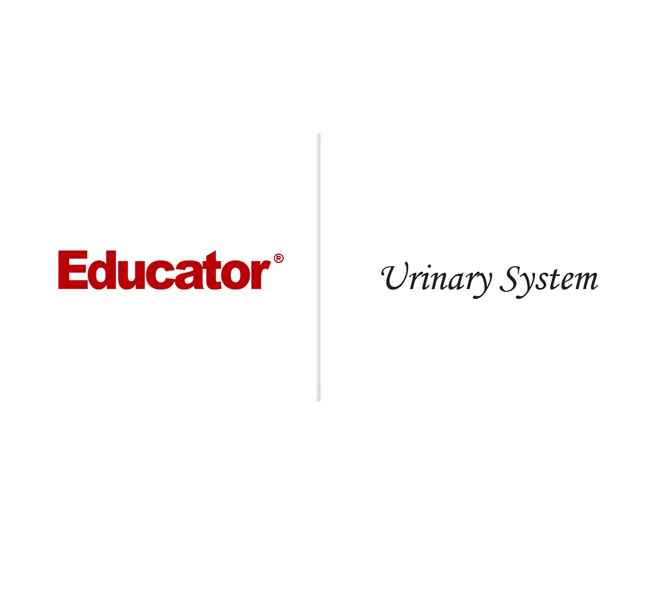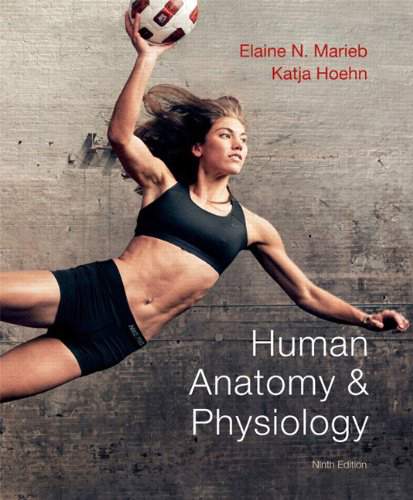Connecting...

For more information, please see full course syllabus of Anatomy & Physiology
Anatomy & Physiology Urinary System
The urinary system (kidneys, ureters, urinary bladder, and urethra) removes metabolic wastes from the bloodstream and regulates blood volume, blood pressure, and pH. The kidneys can detect how much blood is passing through them and secrete hormones to regulate fluid and electrolyte levels. The kidneys are partially covered by the rib cage and contain a renal cortex, renal medulla, renal pyramid, major/minor calyx, renal pelvis, and hilum. They receive blood through the renal arteries. The nephrons (made up of the glomerulus, Bowman’s capsule, Proximal Convoluted Tubule [PCT], loop of Henle, and Distal Convoluted Tubule [DCT]) filter blood and produce urine. Urine is generally between 93% and 97% water. The remaining part contains urea, creatinine, uric acid, and urobilin. Urine is typically sterile except in cases of infection.
Share this knowledge with your friends!
Copy & Paste this embed code into your website’s HTML
Please ensure that your website editor is in text mode when you paste the code.(In Wordpress, the mode button is on the top right corner.)
- - Allow users to view the embedded video in full-size.










































 Answer Engine
Answer Engine



1 answer
Sat Apr 13, 2019 1:00 PM
Post by Huiying Liu on April 13, 2019
From none English back ground, this course helps me a lot in communication, otherwise I don't know how to pronounce these words.
1 answer
Sat Dec 31, 2016 12:33 PM
Post by Jemal Mohammed on December 30, 2016
I am so glad to have this website to study a lot. I am comfortable with it, and it is too helpful.
1 answer
Thu Jul 9, 2015 1:38 PM
Post by Jason Smith on July 8, 2015
When aldosterone signals the body to retain Na+, does this retention happen in the PCT? Or in the DCT? Or at a different spot? Thanks you!
0 answers
Post by ido montia on March 16, 2014
thanks!!!